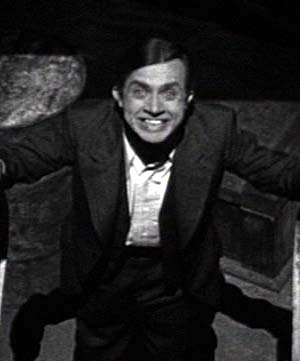A couple of weeks ago I was doing a piece on choosing your next Blu-ray player. I said, in short, that you’d be nuts to buy anything other than the Panasonic DMP-BD30 because it alone can do all of the following:
- Output 1080p24 video
- Allow DTS-HD Master Audio sound to be enjoyed at full quality
- Access BonusView features on Blu-ray discs (since it is a Final Standard Profile player)
Some do two of these things. For example, the Samsung BD-P1400 does 1 and 2 (the latter via bitstream output, as with the Panasonic), and the Sony PS3 does 1 and 3.
Before doing so, I checked the PS3 to make sure that there had been no new developments on the firmware front with regard to audio handling. I figured that there was a possibility Sony could have introduced either bitstream output (the PS3’s HDMI output is apparently version 1.3) or internal decoding. The latest firmware release I found was 2.30, and there was no mention of either of those that I could find.
Now, I have been informed by a reader, it turns out that the 2.30 upgrade to the PS3 allows it to decode internally DTS-HD Master Audio.
That’s irritating, given what I had committed to print.
But it does make for more options. If you have an older HDMI-equipped home theatre receiver which supports multichannel PCM, but not DTS-HD MA as a bitstream, then the PS3 is probably the way to go for you.
Incidentally, what the hell is up with Sony anyway? Its standalone Blu-ray players seem to be versions of Pioneer players. But why doesn’t it take the chipset from a PS3, package it in a conventional consumer player box with a normal disk drawer, and sell it as a standalone Blu-ray player. It would be cheap (no need for all the USB connections, the wireless networking, the HDD). They’d just need to make sure it had a gigabyte of permanent storage. It would be a BD-Live player right now. It would be by far the fastest player (the bane of BD players is how slow they are to do stuff, but the PS3 with its industrial strength processor doesn’t have that problem).

 Last night I watched, with one of my daughters, the 1922 version of
Last night I watched, with one of my daughters, the 1922 version of 
 I’m reviewing a high definition digital TV receiver/PVR that, like most of them, doesn’t have the ability to output 576i over HDMI, nor to perform decent deinterlacing of it.
I’m reviewing a high definition digital TV receiver/PVR that, like most of them, doesn’t have the ability to output 576i over HDMI, nor to perform decent deinterlacing of it.